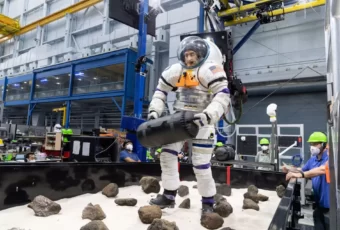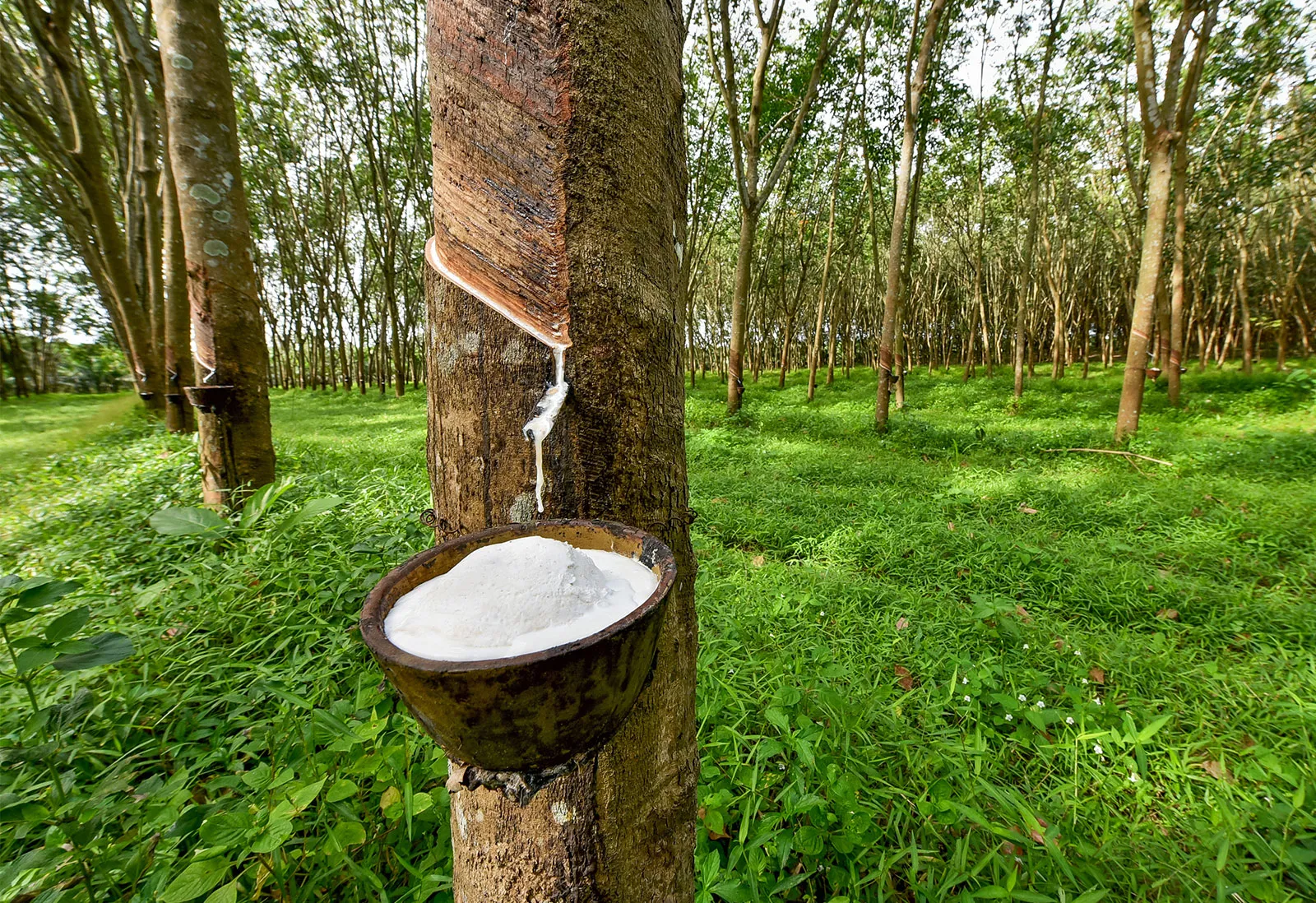
The Rubber Tree
The Rubber Tree
It all starts with the rubber tree, also called the Para rubber tree. It grows in humid and warm areas like the tropical regions of South America, Africa, and Southeast Asia. These trees can grow to be quite tall, and their dark green leaves and white flowers are where the latex sap is sourced from.
Latex Extraction
In order to get the latex from the tree, it has to be tapped. This is done by making diagonal incisions in the trunk’s bark, which lets the white latex sap collect into the tapper’s container. The viscous latex sap is where microscopic rubber particles are contained, suspended in water, alongside alkaloids, sugars, and proteins.
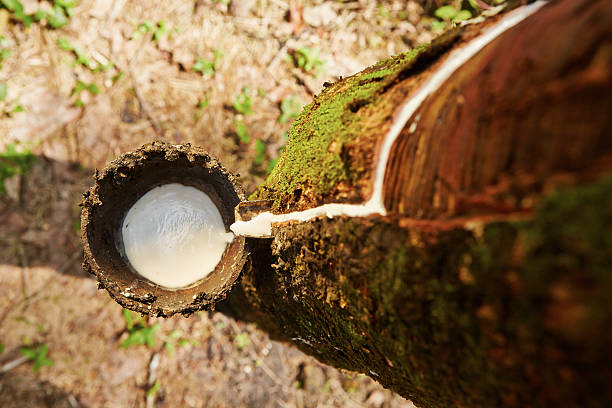
Latex Extraction
Coagulation and Processing
After the latex has been collected, it goes through coagulation. Then, agents like ammonia and acid are added in order to separate the rubber molecules from the water, resulting in a solid mass, which is then rolled or rolled into sheets. Other forms can also be made, depending on the final product needed.
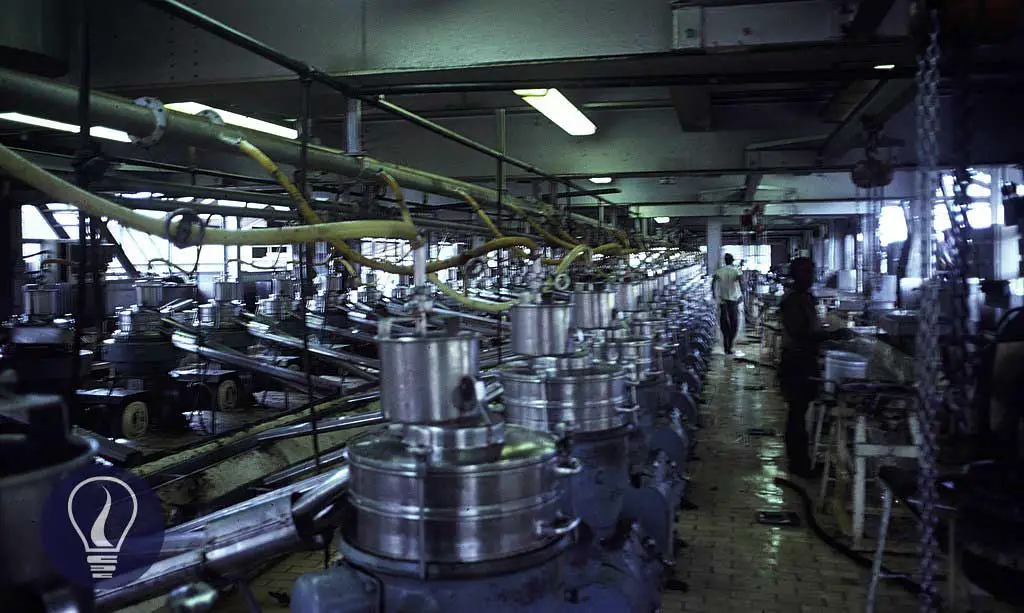
Coagulation And Processing
Vulcanization
We’re not done quite yet. Raw rubber can be used, but it can be too brittle when hard, and too soft while hot. Through the process of vulcanization, which was championed by Charles Goodyear, changed the rubber industry. Vulcanization takes place when rubber is heated with sulfur, which creates strong cross links across the polymer chains, making the rubber much more durable as well as elastic and resistant to changes in temperature.
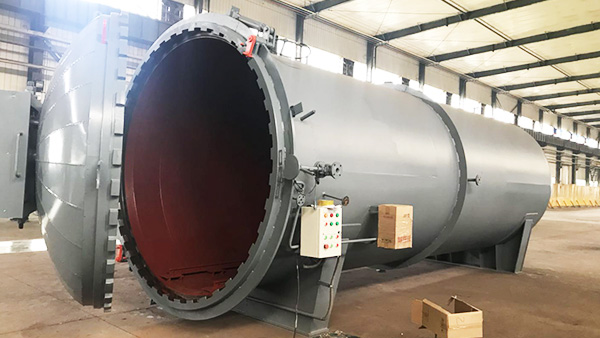
Vulcanization
Applications
Rubber is known for its versatility, which is why it has become a fixture across many different industries. It’s used in the automobile industry for tires amongst many other products, in footwear, in medical devices, and everything in between like gloves and erasers.
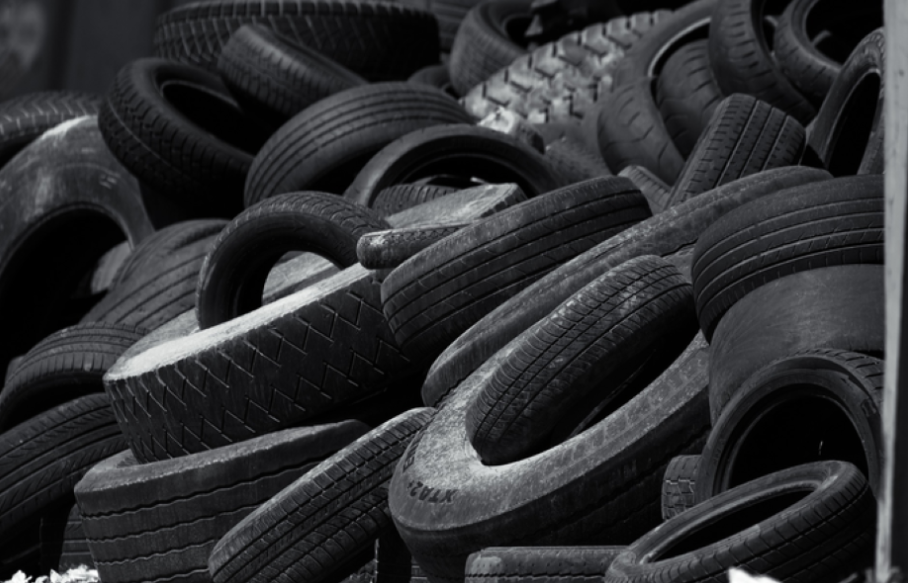
Applications
Environmental Concerns
While rubber is very useful, the fact is that its cultivation and processing does impact the environment. That means habitat loss due to deforestation. This can be managed by farming rubber trees along with the surrounding ecosystem, reducing the interference as much as possible.
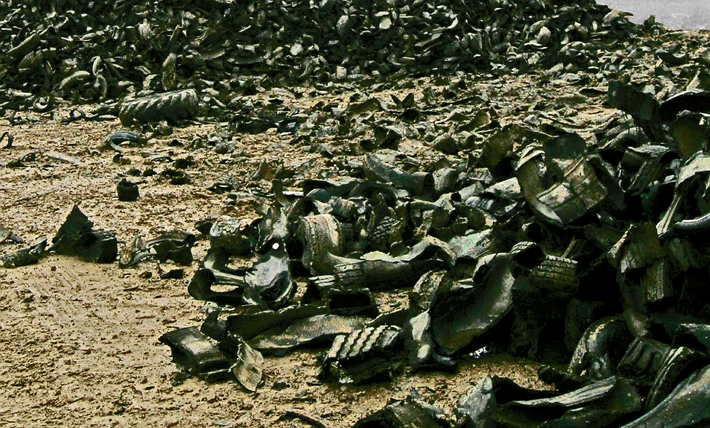
Environmental Concerns



